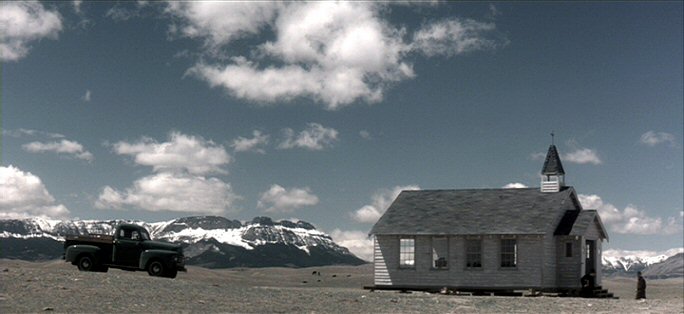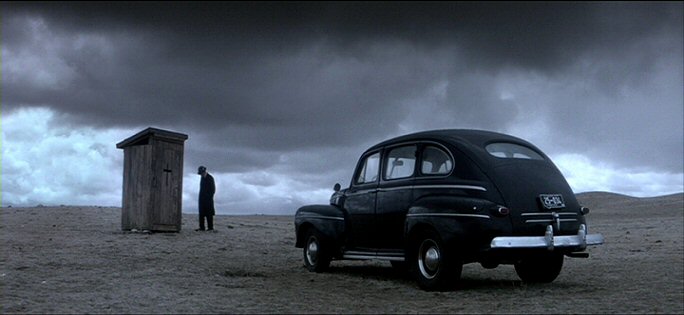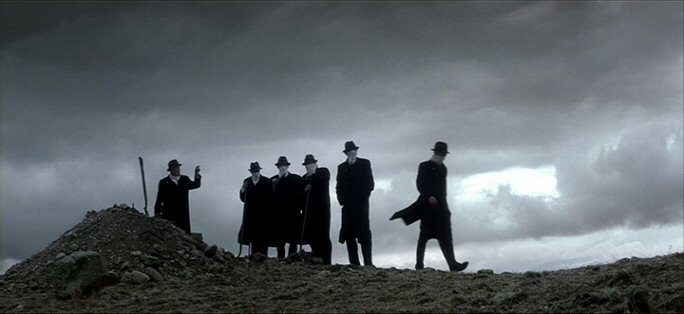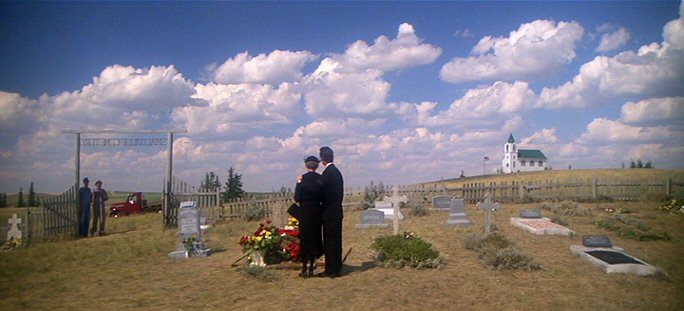David Mullen ASC
Moderator
David,
Framing question for you: where to put the horizon?
I think the Rule of Thirds is useful for beginners who need to think a moment and consider their options rather than center-frame everything (which worked for Kubrick after all...)
But I tend to put the horizon based on what details are more interesting -- the sky or the ground? And that balanced against the subjects in the frame. So it becomes more of a feeling when you frame a shot, your application of personal taste more than any calculations. Look at these frames from my work on "Northfork":



I like pushing things to the edge sometimes, more sky than 2/3's if the sky is interesting. But I've also split the sky and ground 50/50 if it looked interesting.
An inspiration for me for many movies has been the Smallville sequence in "Superman: The Movie", which in turn was inspired by John Ford movies. In this frame, they use the Rule of Thirds, but remember that there is equal visual interest on the ground (with the graves) and the sky with the clouds. In my case in "Northfork", the ground was so barren that it was usually more interesting to frame more sky in.

Besides the beautiful clouds, I love the fact that the picturesque church on the hill was a half-scale or smaller set piece.

